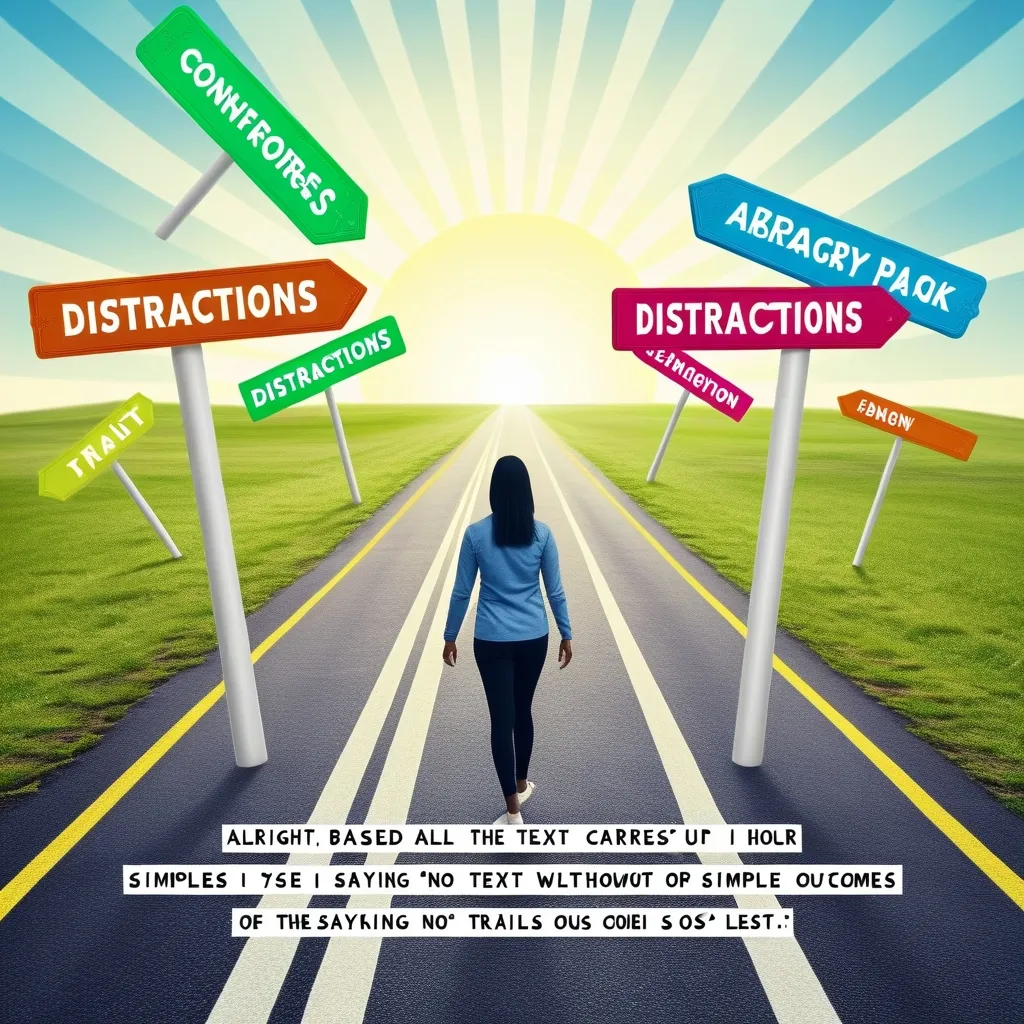If you’ve ever found yourself paralyzed at a crossroads, staring at a mix of possible directions and wondering how anyone makes big choices confidently, you’re not alone. The ability to make decisions efficiently isn’t just a skill, it’s a competitive advantage. The world’s most effective leaders and teams know that decisions, big or small, are rarely about waiting for a moment of absolute certainty. They are about building habits and choosing thoughtful frameworks that bring order to chaos. If you’re hoping to sharpen how you approach decisions, let’s walk through five battle-tested frameworks that bring clarity, rigor, and creativity to even the trickiest problems. As you read, take a moment to ask yourself: Which of these could I try this week?
“The risk of a wrong decision is preferable to the terror of indecision.” — Maimonides
Let’s start with the decision matrix—a tool I reach for when the stakes are high and options feel overwhelming. Imagine a whiteboard filled with possibilities: several projects, job offers, or vendors. Instead of wrestling with endless debate, a decision matrix forces structure: you define your criteria, assign them relative importance, and then score each option. What’s interesting—many people underestimate the weightings step. This is where personal bias sneaks in. I encourage you to ask, “Is this factor as important as I feel, or am I letting recent events influence me?” Once you’ve tallied up the weighted scores, the answer often emerges with surprising neutrality. Try it the next time emotions whirl louder than logic.
Are you someone who loves making classic lists? Let’s upgrade the old pros and cons technique by adding a timeline lens. It’s not just whether an outcome is positive or negative, but when it hits you. Short-term versus long-term. Try color-coding your list—reds for immediate impacts, blues for outcomes that might show up months down the road. If you’ve ever regretted a ‘fast win’ that caused future headaches, you’ll appreciate how small visual cues shift your attention to ripple effects. Ask yourself: Have I been too hooked on short-term gains at the expense of long-term progress?
“Whenever you see a successful business, someone once made a courageous decision.” — Peter F. Drucker
Now, let’s talk about a mindset borrowed from the world’s most famous inventors: first principles thinking. This way of decision-making ignores received wisdom and cuts straight to the foundations of a problem. Imagine you’re building a new process at work. Instead of tweaking what’s always been done, break it all down. What are the undeniable truths of the situation? What assumptions am I carrying just because ‘it’s always been that way?’ I’ve watched teams who adopt first principles thinking deliver results that colleagues claimed were impossible. My tip: Whenever you’re stuck, ask “What problem am I really trying to solve?” and “What if no one had ever addressed this before?”
Opportunity cost evaluation is the unsung hero of every high-performer’s schedule. For each hour or dollar you dedicate somewhere, what are you giving up elsewhere? It’s strange how often people skip this step, focusing solely on the value in front of them while forgetting what’s left behind. In my experience, writing down three to five sacrificed alternatives for every big choice brings humility and depth. Sometimes, seeing what you aren’t doing reframes what really deserves your attention. Here’s a question to consider: What high-value task am I crowding out with this decision?
“It’s not hard to make decisions when you know what your values are.” — Roy E. Disney
Let’s touch on something counterintuitive: acting before you know everything. Rapid iteration testing encourages making small, low-risk decisions quickly, analyzing the results, and using real feedback to inform the next step. This approach is popular among product builders but often overlooked by others. It’s more than just ‘trial and error’; it’s about building a culture where quick experiments are not seen as failures, but as data points. Next time you feel stuck choosing between paths, consider: Can you run a mini-pilot instead of a theoretical debate? The act of ‘testing to learn’ accelerates decisions and makes teams more resilient to surprises.
Now, while these five frameworks set a solid foundation, the world of decision science is rich and ever-evolving. Some leaders swear by frameworks like RAPID for clarifying who has the final say, or the Cynefin model for categorizing which problems are truly complex versus just complicated. Others reach for scenario planning when the future looks especially murky. Is it possible that the challenges you face are more about matching the right framework to the right problem? When time is very tight, models like the Lightning Decision Jam can force remarkably effective action in minutes, simply by clarifying priorities and actions in a structured meeting.
“A good decision is based on knowledge, not on numbers.” — Plato
So, where do most people trip up? Ironically, it’s not a lack of frameworks—it’s using too many at once, or becoming stuck trying to ‘optimize’ the process itself. Simplicity is powerful. For daily dilemmas, a quick cost-benefit or 5 Whys root cause analysis might suffice. For longer-term bets, consider whether frameworks like WRAP or McKinsey’s problem-solving approach—which break challenges into manageable steps—would help clarify your situation. Remember, every organization has its own culture around decision authority and risk. Test different styles; you might discover that rapid testing works wonders, but only if the team feels safe sharing results—good and bad.
Let’s reflect on what you face now. Maybe you’re balancing project launches, facing budget trade-offs, or trying to improve hiring. What’s your natural style—decisive or deliberative? Which bias tends to trip you up: overconfidence, analysis paralysis, or groupthink? A wise manager once asked me, “Who owns the downside of this decision?” That question alone brings clarity to who should be making the call and who carries the risk.
“Whenever you see a successful individual, someone once made a courageous decision.” — Peter F. Drucker
Decision-making is more than a rational process—there’s art in knowing when to trust the numbers and when to challenge the status quo. The most impactful decisions rarely feel easy in the moment. But with the right frameworks, ambiguity becomes manageable, and confidence replaces anxiety. Over time, these approaches transform not only projects, but also entire team cultures.
If you take just one thing with you, let it be this: frameworks don’t make decisions for you—they give you the tools to do it better, faster, and with less regret. Begin with whichever approach matches your biggest challenge right now, and let experience teach you which tools fit which crossroads in the future.
How will you handle your next big decision—with habit or with intention?






